National Institute of Ecology - Seocheon (국립생태원(서천))
4.5 Km 15479 2020-05-18
1210, Geumgang-ro, Seocheon-gun, Chungcheongnam-do
+82-41-950-5300
National Institute of Ecology is a research, exhibition, and educational center housing various animals and plants from world five climates and regions including the tropics, desert climate, the Mediterranean, temperate climate, and the polar region. Fauna and flora from the Korean Peninsula's ecosystem can also be seen here. The Institute’s Ecorium showcases living ecosystem exhibitions, housing 1,900 plants and 280 animals in an area of 21,000㎡ to help people understand the relations between climate and ecology. The outdoor exhibition area is divided into 5 sections, from Korea’s representative wetland ecological system to various international plants, rare plants grown on the high mountain, Korean representative deer species' habitat space, pond ecology and others. In addition, it offers vivid ecological education through the nearby ecological region and has varied exhibitions and researching facility as well as firsthand programs and events.
Eunpa Lake Park (Eunpa Recreation Area) (은파호수공원(은파국민관광지))
4.5 Km 32949 2024-04-07
Miryong-dong, Gunsan-si, Jeonbuk-do
+82-63-454-4896
Located in Gunsan, Jeollabuk-do, Eunpa Lake Park was once a reservoir built before the Joseon dynasty that supplied water to nearby farms. The lake and its surrounding mountains were designated a national tourist site in 1985, but remain historically significant as they are featured on Daedongyeojido (Grand Map of Korea), a revered document developed by geographer Kim Jeong-ho. Known for its beauty at night, the lake was befittingly dubbed “Eunpa,” which means “silvery moonlit waves.”
Eupa Lake Park is full of natural beauty. The road that runs up from the park entrance is lined with cherry trees that create a breathtaking tunnel of pink flowers each spring. This stunning cherry blossom tunnel draws crowds of families and couples each year, particularly on the weekends. Mulbit Bridge, a landmark of the Eunpa tourist site, offers an impressive view of the Music Fountain and nightscape. At the park, you’ll also find an inline skating area, a waterfront stage, and a lotus flower garden.
Gyegok Garden Kkotgejang (계곡가든꽃게장)
4.8 Km 27612 2024-04-07
470 Geumgang-ro, Gaejeong-myeon, Gunsan-si, Jeonbuk-do
Gyegok Garden Kkotgejang is a restaurant sought after by food enthusiasts nationwide, renowned as the first establishment in the country to patent gejang (marinated crab) cuisine. Originally selling dwaeji galbi (grilled pork galbi), the restaurant's main dish shifted to crab after its exceptional kkotge jang (soy sauce marinated crab) side dish garnered increasing attention from customers seeking gejang delicacies. The secret to its flavor lies in the authentic soy sauce, aged with 16 medicinal herbs, and the plump meat of female crabs. Customers can enjoy gejang with minimal fishy or salty taste, instead relishing in the rich and savory flavor of the crab.
Gunsan Geumgang Estuary Bank (금강하구둑(군산))
5.4 Km 39486 2024-04-07
120, Cheolsae-ro, Gunsan-si, Jeonbuk-do
+82-63-454-3353
Geumgang Estuary Bank was completed in 1990 as part of an agricultural development project for 6 cities and counties in Chungcheongnam-do and Jeollabuk-do. The Korea Agricultural and Rural Infrastructure Corporation invested approximately 100 billion won for the project and the construction lasted for 8 years. The estuary bank can hold up to 130 million tons of water. The 1,840-meter long bank serves a bridge that connects Chungcheongnam-do to Jeollabuk-do.
Aside from being the source of water for agricultural and industrial use in Jeollabuk-do and Chungcheongnam-do, the bank also provides flood control for the area around Geumgang River. It helps keep Gunsanhang Port operational by preventing soil
and sand from accumulating at the mouth of the river. It also prevents the backwash of seawater from causing damage to farmlands. Geumgang Estuary Bank has an important role as a tourist destination by connecting Gunsan and Janghang.
SO-DAM(소담)
10.1 Km 0 2021-02-19
15-9, Chungjeol-ro 41beon-gil, Seocheon-eup, Seocheon-gun, Chungcheongnam-do
+82-41-951-7272
This is a Korean cuisine located in Seocheon-gun , Chungcheongnam-doA Korean BBQ restaurant.The representative menu is Grilled Special Cuts.
Yubudo Island (유부도)
10.2 Km 19183 2024-02-21
Yubudo-gil, Janghang-eup, Seocheon-gun, Chungcheongnam-do
Yubudo Island is a small island in front of Seocheon's coastline, accessible by ferry from Janghang Port in about 30 minutes. The island boasts extensive tidal flats and saltern developed with embankment. It is a place where saltwater and freshwater mix, making it abundant in fish like grey mullet and shrimp. Yubudo Island is also known as a resting spot for over 100 species of migratory birds.
Gunsan Country Club (군산 컨트리클럽)
11.4 Km 17220 2024-04-07
1685, Namgunsan-ro, Gunsan-si, Jeonbuk-do
+82-63-472-3355
Gunsan Country Club is a golf course featuring 81 holes, including 18 holes exclusively for members only, on the site of an abandoned salt field that spans over 1,060 acres. It is the only course in Korea where all the holes are surrounded by lakes; around 380 acres or 36% of the course is comprised of lakes, and the holes are connected by 26 bridges. It has some of the longest golf holes in the world, including a Par 7 hole (1,004 m) and a Par 6 hole (661 m). The 18-hole private golf course is done in the classic American style, while the public golf course offers more variety.
Hansan Ramie Fabric Cultural Festival (한산모시문화제)
12.4 Km 24172 2024-03-28
1089 Chungjeol-ro, Seocheon-gun, Chungcheongnam-do
+82-41-950-4256
Hansan Ramie Fabric Cultural Festival continues the tradition of recognizing Hansan ramie fabric, or "mosi" in Korean, registered as a UNESCO Intangible Cultural Heritage of Humanity. Visitors can experience weaving traditional Korean natural fiber as well as try on mosi clothing. Various other programs and events are planned including a fashion show, designer competition, and more.
Seocheon Hansan Mosi Museum (서천한산모시관)
12.4 Km 3485 2018-09-06
1089, Chungjeol-ro, Hansan-myeon, Seocheon-gun, Chungcheongnam-do
Mosi (Ramie Fabric) is one of Hansan’s special local products, along with sogokju liquor. Seocheon Hansan Mosi Museum explains the history and process of making mosi, as well as provides visitors with a chance to see it being made by skilled artisans. With the assistance of Bang Yeon-ok, visitors can try their hand at the process, designated Important Intangible Cultural Heritage No. 14, or try other experience programs such as natural dying and making useful items.
Seocheon Dalgogae Mosi Village (서천 달고개모시마을)
12.5 Km 20691 2021-03-10
5, Hwahan-ro 504beon-gil, Seocheon-gun, Chungcheongnam-do
+82-41-950-6380
In Seocheon Dalgogae Mosi Village, the long-standing tradition of Hansan mosi (ramie fabric) is passed down and preserved in the hands of the village women. Hansan mosi is also called fine ramie because of the time-consuming and labor-intensive process involved. The village offers a variety of mosi-themed experience programs for visitors with the help of experienced village artisans. Programs include ramie plant harvesting and ramie fabric weaving. Visitors can also try some highly nutritious ramie rice cakes and tea.
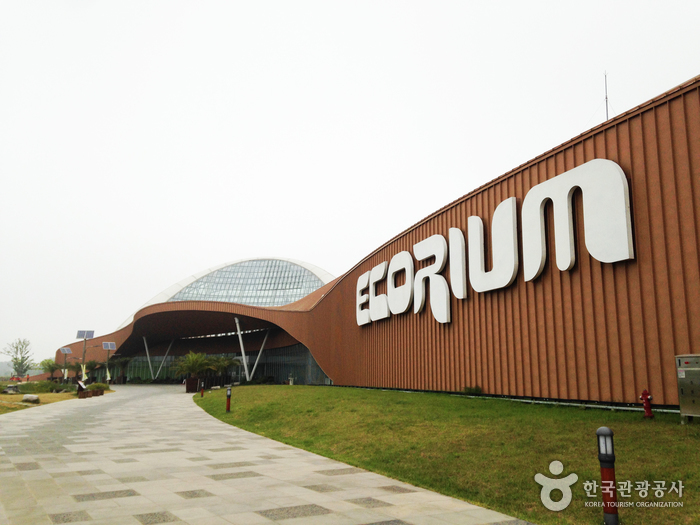
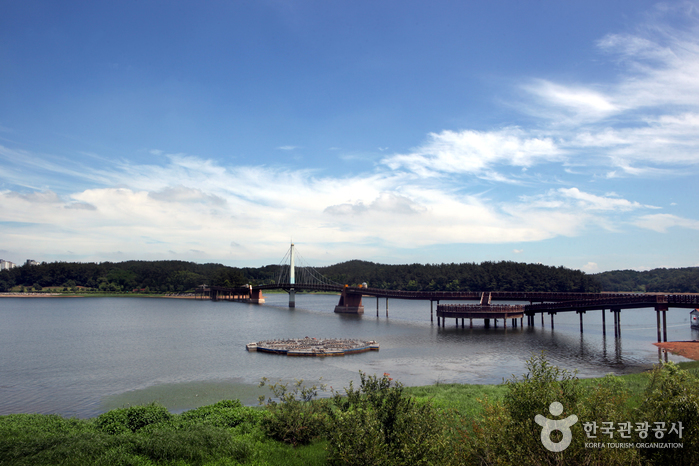
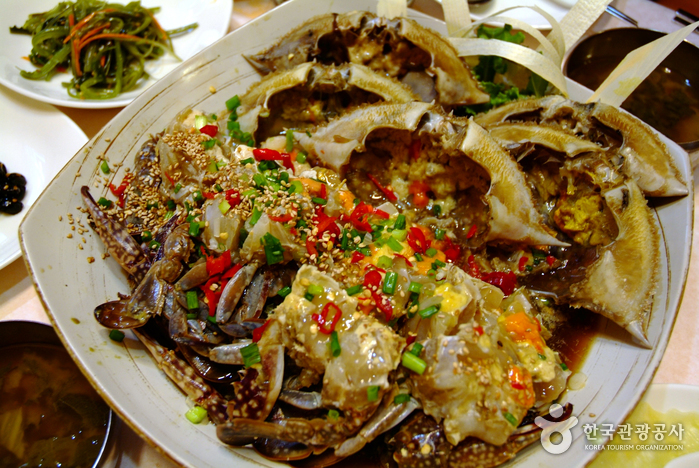
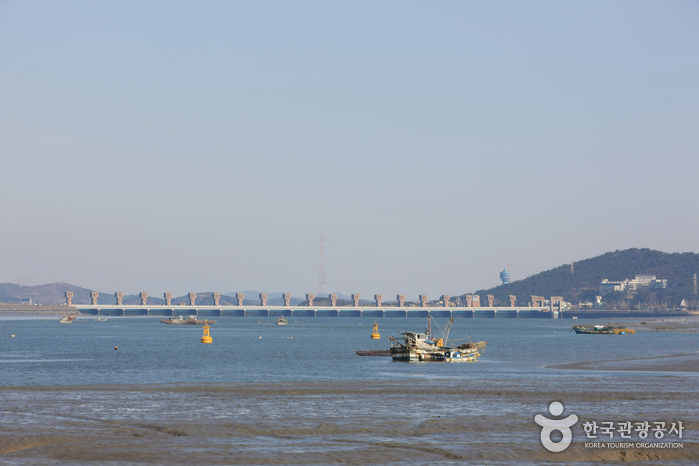
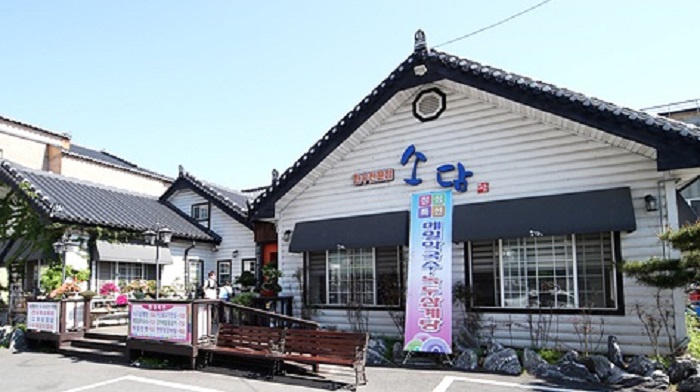

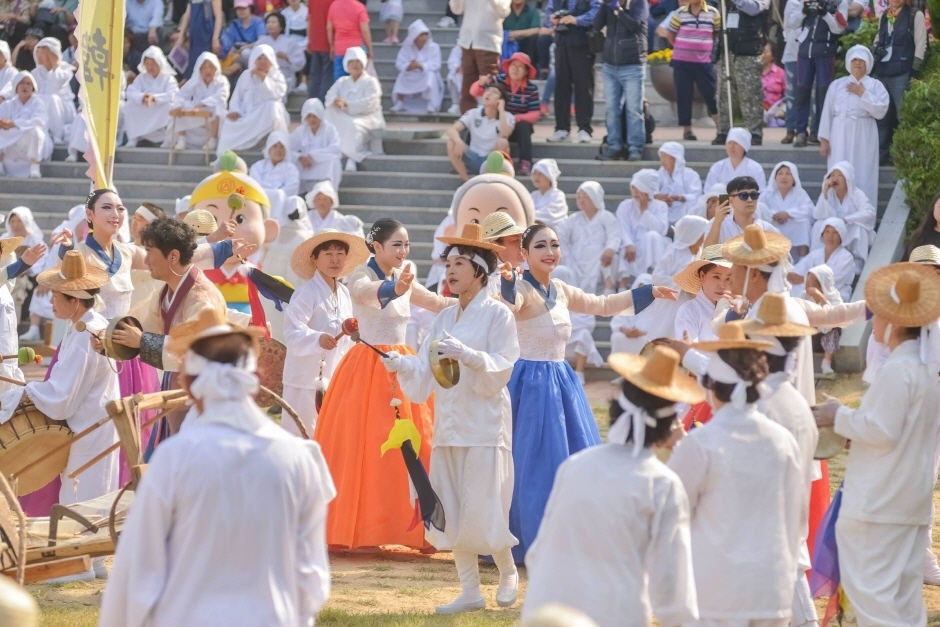
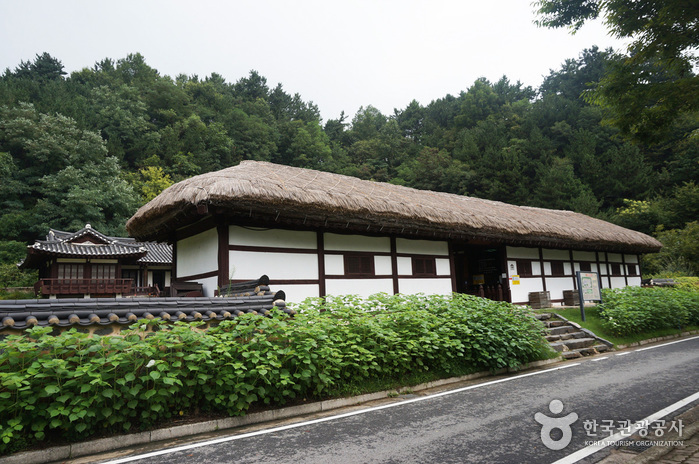
 English
English
 한국어
한국어 日本語
日本語 中文(简体)
中文(简体) Deutsch
Deutsch Français
Français Español
Español Русский
Русский